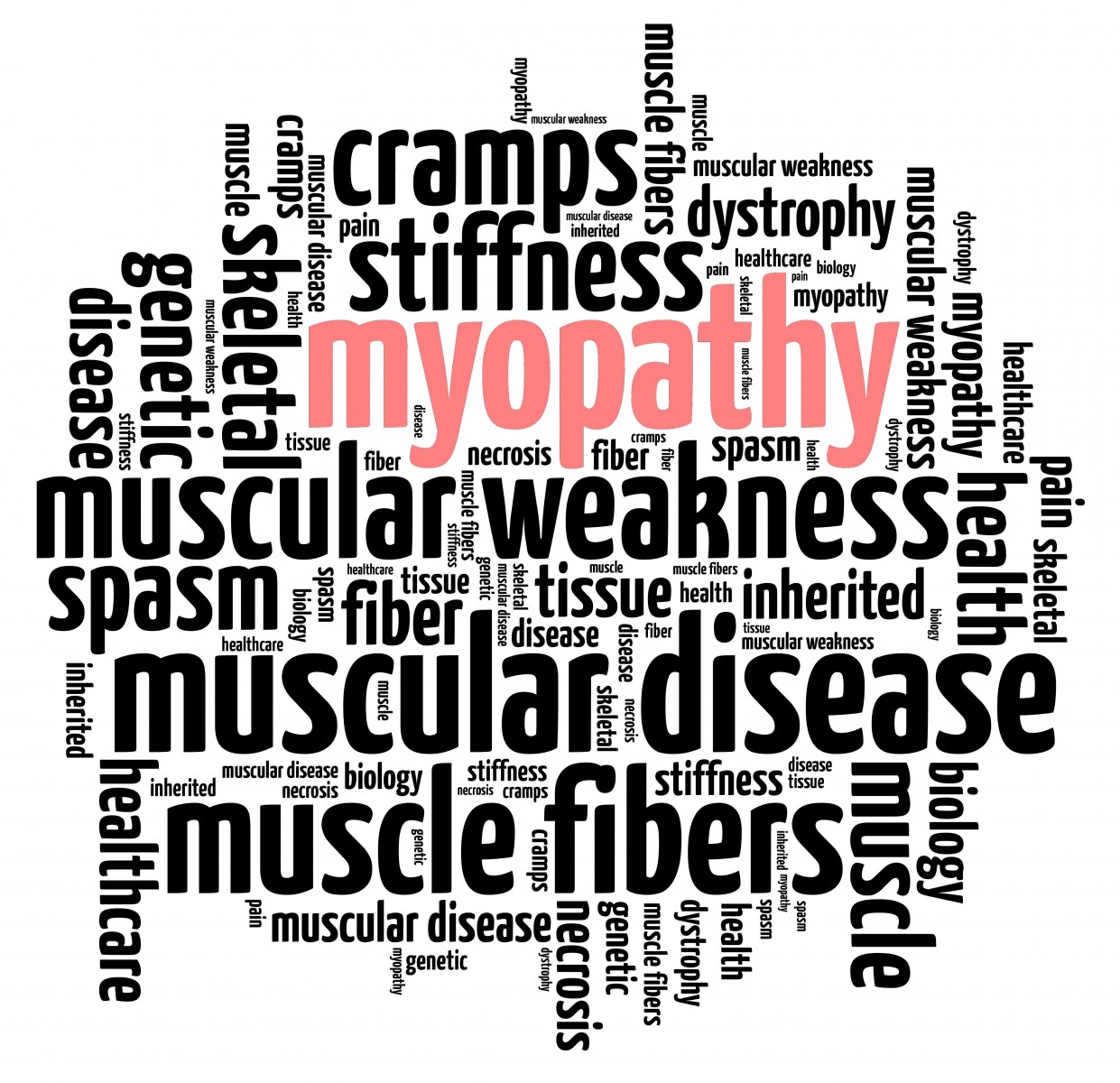Myofibrillar Myopathies Characterized by Mitochondrial Dysfunction

Muscle disorders (myofibrillar myopathies) can sometimes be caused by genetic mutations in genes related to proteins in muscle bands, but other times, myofibrillar myopathies are caused by mitochondrial dysfunction. According to a research team from the Departments of Neurology and Pathology at Technische Universität Dresden in Germany, different subtypes of myofibrillar myopathies exhibit different characteristics of mitochondrial dysfunction, but each subtype demonstrates abnormal mitochondrial function.
“In skeletal muscle, most of the mitochondria occupy the space between the myofibrils,” said Dr. S. Jackson, lead author on the team’s review article, “Mitochondrial Abnormalities in the Myofibrillar Myopathies,” published in European Journal of Neurology. The spacial location of mitochondria is maintained by a protein known as desmin. If desmin is deficient or altered, myofibrillar organization is lost and mitochondria are no longer fully functional. If a biopsy was obtained, a loss of desmin would be evident, as altered mitochondrial distribution causes lighter staining of the muscle tissue when mitochondria are perturbed.
Individuals with mutations in the desmin gene (DES) have the most common myofibrillar myopathy: desminopathy. These patients show evidence of overall muscle dysfunction and often times demonstrate cardiac involvement. Mutations in CRYAB, the gene encoding the protein alpha-beta-crystallin, further contribute to desminopathy, as alpha-beta-cystallin and desmin closely interact.
According to the article, “Intermediate Filament Diseases: Desminopathy,” which was published in Advances in Experimental Medicine and Biology, patients first experience lower and upper limb muscle weakness, which then spreads to the trunk, neck, and facial muscles. Eventually, many patients will experience chronic heart failure, which usually causes premature sudden death. Age of onset and rate of progression vary widely from individual to individual based on the mutation present in the patient’s DNA.
Fifty-two percent of all DES mutations that cause desminopathies are caused by a change in DNA at segments known as exons 5 and 6. These regions account for only 25% of the DNA that contributes to desmin protein synthesis. Most commonly, in these regions, there is a mutation that causes the addition of another amino acid, proline, into the finished desmin protein. The addition creates a kink in the protein structure and destabilizes its secondary interactions.
While there are no specific treatments for desminopathy, premature death in patients can be prevented. Pacemakers and implantable cardioverter defibrillators can help in patients with abnormal heart rhythms and defects in electrical signal relay in the heart. Other symptoms may be ameliorated by assistive devices if muscle weakness is in an advanced stage. “New technologies will help to solve these problems and facilitate novel specific therapies,” wrote Dr. Lev G. Goldfarb, lead author of “Intermediate Filament Diseases: Desminopathy.” Muscle stem cells will be among the new treatment options at the forefront of research to help patients with desminopathy and other myofibrillar myopathies.






